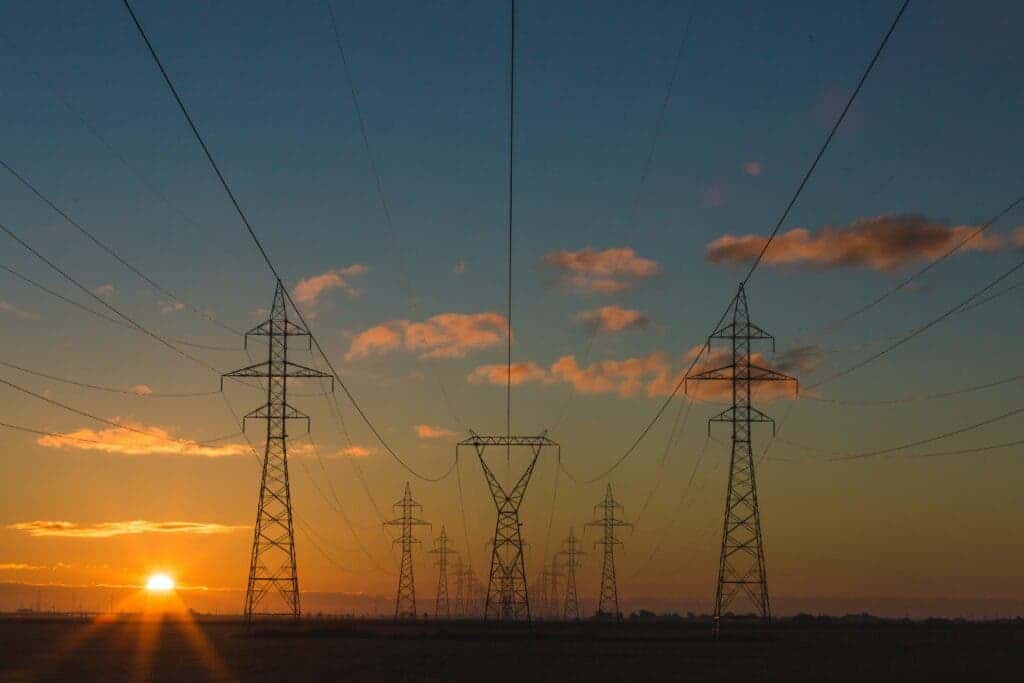
Due to multiple global factors, energy prices are skyrocketing in many parts of the world, including Europe and the US. Bills are set to rise for all users — domestic, commercial, industrial, and government. Slashes in the supply of oil and natural gas as a result of the Ukraine conflict are a leading cause of the rise in prices, as is inflation. Governments around the world are making moves to insulate consumers from the brunt of these increases, but what the best solution would be — and how to go about it — is still unclear.
“Europe is battling a record-breaking surge in energy prices […] that shows no signs of abetting,” Euronews was reporting back in November last year; so far, they seem to have been spot-on. Energy prices have made a dizzying ascent on the old continent during 2021 and 2022, so much so that Spain and Portugal are now proposing to re-instate an EU-wide cap on electricity prices of 180 Euro / MWh. This cap was removed in 2019 when the EU moved to dissolve energy price caps throughout member states.
Across the pond, energy markets in the US are also feeling the aftershocks of the war in Ukraine, compounded by rising inflation as a consequence of economic responses taken against the pandemic. “For January, the bill for a New York City residence using 300 kilowatt-hours of electricity was $123.65 versus $82.80 in December, a 50% increase” the Financial Times reports, citing local utility company Con Edison.
Putting out the fire
Electricity prices are much higher than we would have envisioned even a couple of years ago.
“Until two years ago, the maximum price of 180 euros per MWh seemed like a fantasy that would never be reached, and today it has been largely surpassed,” Spanish Energy and Environment Minister Teresa Ribera told local radio Onda Cero on Thursday.
Although business electricity is also becoming more expensive, domestic consumers are the most exposed to such immense rises in price. Where larger customers like businesses, institutions, or corporations have more room to bargain (as they are big spenders), residential consumers have little in the way of negotiation leverage. Large swathes of the public lacking electricity, especially during the winter months, can also lead to widespread civil unrest. As such, efforts to blunt the impact of these increases have so far focused on households, rather than organizations.
Officials in both Europe and the US are looking to set aside funds to help people who have seen their electricity bills skyrocket, and are now unable to cover the rising cost of electricity. In the New York state alone, roughly 1.3 million residential customers are behind on payments, totaling $1.7bn in dues. State lawmakers are looking to secure at least $400mn in next year’s budget to assist households pay their electricity debts, according to the Financial Times, adding that New York governor Kathy Hochul announced a campaign to raise awareness about energy assistance programs on March 1st.
Residents in several European countries are also looking at increases in the ballpark of 50% on their energy bills; last year, France announced that it will send one-off €100 payments to over 5.8 million low-income households to help them keep the lights on. Madrid sent a letter to Brussels (the administrative center of the EU) urging union-wide action to tackle the issue.
“This is about a surge in demand for energy as we come out of the restrictions imposed by the pandemic, combined with a reduced supply of gas on the global market,” Tim Gore, head of the Low Carbon and Circular Economy programme at the Institute for European Environmental Policy (IEEP), told Euronews about the troubles in Europe. “Then there are other factors exacerbating the problem, particularly in Europe. We have succeeded in getting coal off the grid, and that happens to coincide with a period recently where wind power has been lower because of the weather.”
The largest part of the increases, however, have to do with supply and demand. The repeated lockdowns imposed last year have had major implications for markets of virtually every commodity out there, and the energy market was no different. With many industries reducing output, and personal transport grinding virtually to a halt for a few months, the demand for fossil fuel took a nosedive during the pandemic. Supply soon fell to meet demand. Although demand levels recovered as restrictions began to be lifted, it is difficult to rise demand quickly to meed it — so energy prices are going up everywhere.
The rise in renewable energy sources in Europe, which are steadily capturing market share from traditional power plants, is a further unknown risk factor for energy suppliers, which is slowing down the recovery of supply. At the same time, it is in the interest of fossil fuel producers that prices stay high, maximizing profits.
So far, there is little that individual consumers can do to work against these global factors and reduce the price of the energy they consume. Prices will go back down towards the old normal as supply catches up to demand and markets recover from the huge ripples that the Ukraine war sent throughout the global community.
Until such a time, the only thing we can do to bring down the price of our energy bill is to reduce our consumption.









